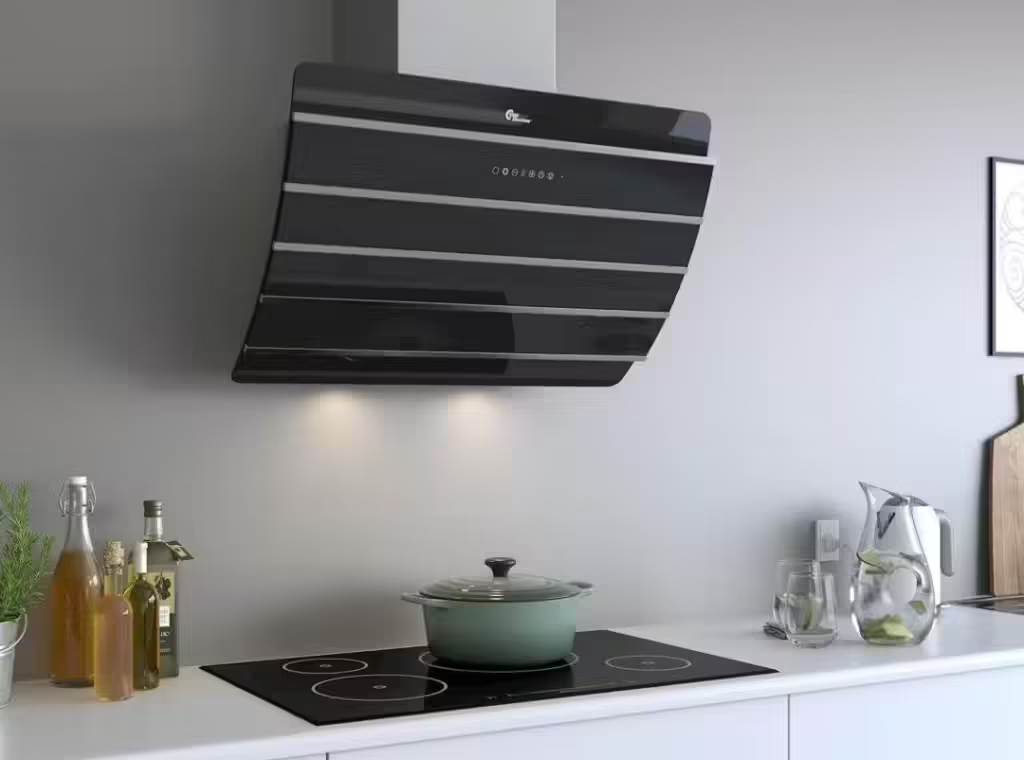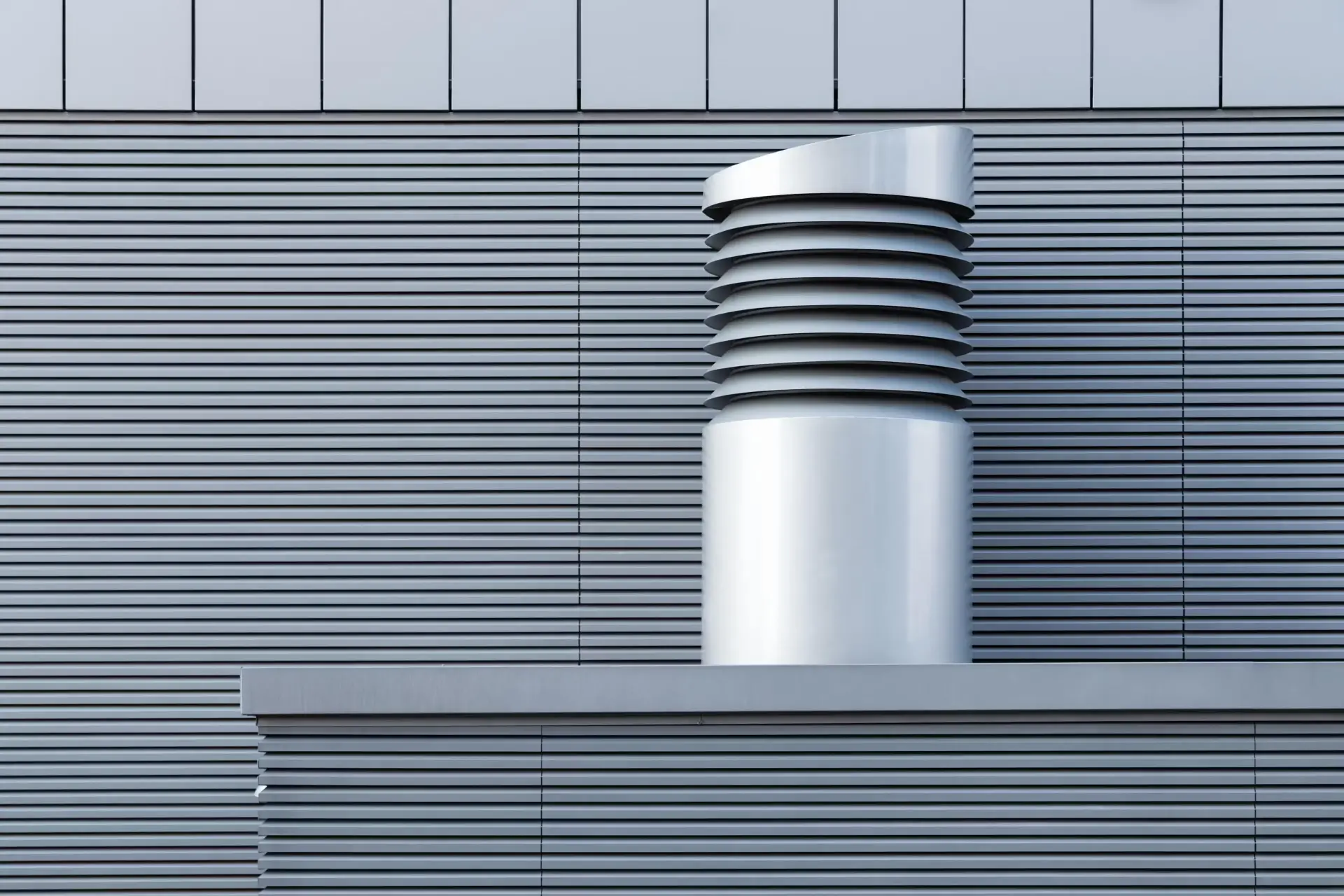The Challenge
Complicated purchasing process
Increasing distribution costs due to an inefficient purchasing process
Complex combination of product items
High stock levels in the central warehouse

The result
- Reduced distribution costs
- Reduced workload within the purchasing process
- Specially designed order proposals to fit the needs of store managers
- Ad hoc solution designed especially for the spare part industry

“In the long term, Thermex will be able to operate without the extra warehouse space, which is a substantial expenditure, and the savings will more than cover the investment in the AGR system.”
- Thermex
- Mads Bressay, Logistics Director, Thermex
Thermex’s head office is located in Northern Denmark, with additional offices located in Copenhagen, Norway, Sweden and Spain. Offering a wide range of products and providing a consistently high service is what differentiates Thermex from its competitors. Maintaining and servicing such a wide range of products also means that Thermex needs to retain a large number of spare parts in stock.
The company recognised that it needed a management solution to enable it to reduce the stock required, yet still be able to maintain its high service levels. While Thermex was using planning and supply tools available in its existing ERP system, it wanted additional functionality that could provide more detailed inventory supply and sales management reports.
Thermex selected the AGR system as it could be deployed without any customisation. The AGR team in Denmark implemented the solution within budget and the planned three-month timeframe.
Using the new solution, the purchasing team, comprising three full time staff, are no able to spend less time planning and more time proactively following up on orders and customer service. The user-friendly interface of the AGR solution is intuitive to use, displaying historical sales data in easy to view graphical illustrations.
Mads Bressay, Logistics Director at Thermex advises those considering a solution: “It’s important to invest the necessary amount of time in training from the beginning, in order to get full functionality from day one.”
Stock efficiencies and reduced costs
Following the decision to invest in a new system that could optimise stock, which was agreed by both management and staff, Thermex has seen positive results.
Stock levels have been reduced by 38.5% to those held prior to implementing the AGR system, while the service level has been maintained at 98%. In addition, the inventory turnover ratio has been improved and increased to 4.5, from 2.5 before the new solution. Managing inventory turnover rates is vital to make certain that service levels are met with the correct quantities of the right parts and goods held in stock, while ensuring that funds are not tied up in overstocking.
Mads Bressay believes that a stock turnover ratio of 6 is achievable for goods which he categorises as ‘A’. Moving to an ABC categorization enables “fast-movers” to be identified, separated, and prioritised from the slower moving stock items. In this way, the purchasing team can focus on the areas where effort is most needed.
Thermex has also halved its stock levels of C and D classification goods since the implementation of the AGR system. The goal is to reduce the levels even further, eventually holding enough stock to meet forecasts of less than three months of expected sales. The company is also refining the number of parts and SKUs held. Some goods are being phased out, with a corresponding reduction of the number of spare parts kept for servicing requirements.
This refinement work has been achieved using the Reports feature within AGR, which provides reports, ABC analysis and categorization.
As a result, Thermex has reduced its stock depreciation significantly. Prior to using AGR this cost amounted to a substantial six-figure sum, which has been reduced by more than 40%.
Additional savings include the external warehouse space used by Thermex. Since reducing its stock levels, Thermex now uses just 15% of the space previously occupied. “In the long term, Thermex will be able to operate without the extra warehouse space, which is a substantial expenditure, and the savings will more than cover the investment in the AGR system,” concluded Mads Bressay.
